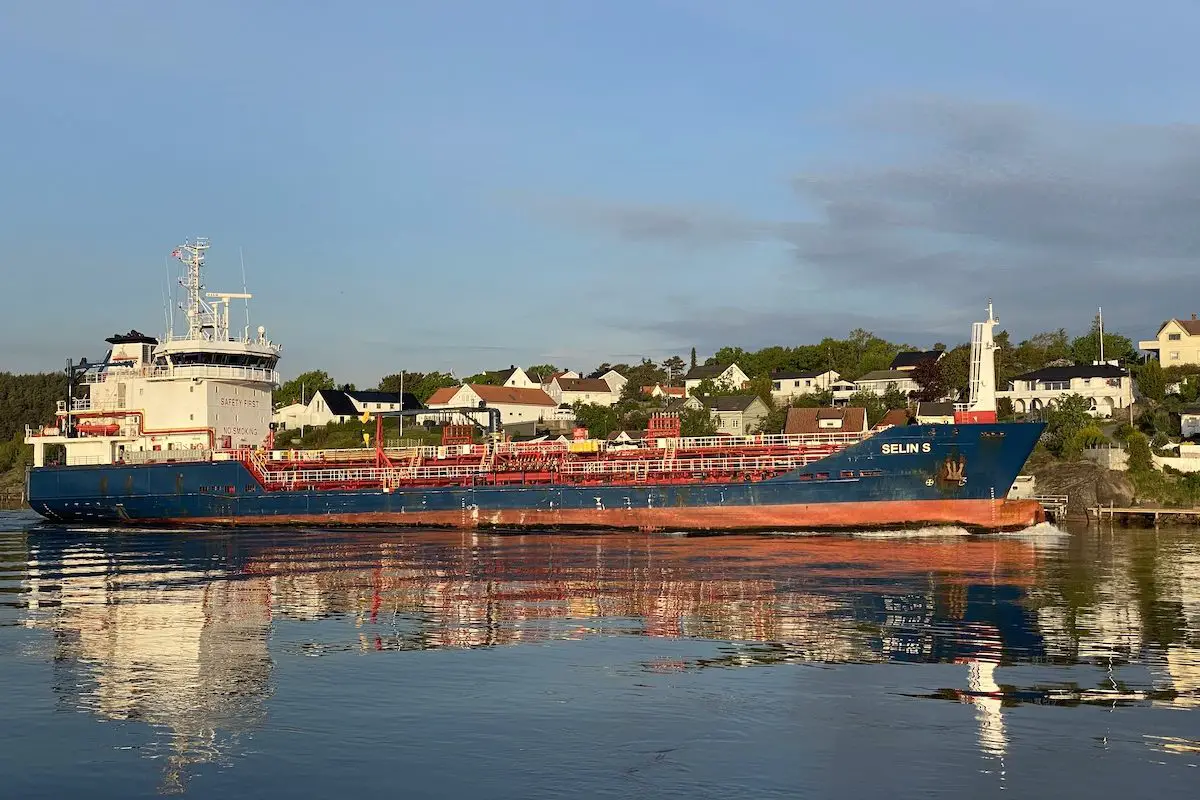Grounding is one of the many accidents that happen onboard. This occurs when the bottom hull of the ship touches the seabed. It can create damage to the vessel or lead to a major oil spill as it cracks the fuel oil tanks of the vessel.
Squat happens when the vessel’s keel clearance, which is always being monitored by the ship’s officers, is reduced because of the movement of the ship’s hull through the surrounding body of water.

There are a lot of factors that bridge officers consider and monitor to make sure that squatting of the vessel does not lead to an incident. These are water depth, vessel’s speed through the water, ship’s block coefficient, and if the vessel is navigating in shallow and unrestricted waters.
What causes a ship to “squat”?
When a vessel enters and navigates through shallow waters, water pressure below the ship’s hull decreases, resulting in increased draft and reduction of underkeel clearance.
Squat results in general vertical sinkage and change of trim of the vessel. A ship is said to have zero trim if drafts forward and aft are the same or near-identical. A change of trim may cause the vessel to dip towards the stern or towards the bow.
What are the effects of a ship’s squat?
The effect of the ship’s squat can be dangerous to the ship if not properly monitored and addressed with correct action. The worst case can lead to the grounding of the ship and difficulty in steering. Other effects vary from vibration, poor helm response, and change of trim.
What are static drafts and dynamic drafts?
Drafts or draught on ships is the vertical distance measured from the waterline to the bottom of the hull. It is the maximum depth of any part of the vessel measured at the bow, amidships, and aft. It indicates a minimum and maximum depth of water a ship can safely navigate a body of water.
A draft survey is done to confirm the ship has loaded or discharged the correct amount of cargo and to make sure the ship is stable. There are two ways to get drafts onboard. Either by using transducers installed on the vessel or by reading welded marks on the hull of the ship.
Hence the terms Static draft and Dynamic draft. A static draft is obtained when the vessel is in port or stationary and not moving. Dynamic drafts are taken when the vessel is underway.
The first is taken in still waters either on fresh, seawater, or dock water. The latter is affected by wind, current, swell, change of water density moving from fresh to saltwater, and other factors in the open sea.
How to calculate the squat of a ship?
A vessel underway pushes a mass of water in her bow. This results in water flowing back either under or at the sides of the ship to replace the water displaced by the hull.
The increase of hydrostatic pressure is equal to the decrease of hydrodynamic pressure, caused by the increase in velocity of flow. This drop of change of pressure below the ship’s keel causes a vertical sinking of the vessel, resulting in either trim forward or aft.
The formula for ship squat calculation
The Formula of Squat in Unrestricted waters (open water conditions)
Squat = Cb x V2/100 (meters)
The formula of Squat in Restricted waters (confined water conditions)
Squat = 2Cb x V2/100 (meters)
- Types of Gas Carriers as per IGC Code – April 22, 2025
- Wind-Assisted Propulsion Systems (WAPS): A Game Changer for Maritime Decarbonization – February 6, 2025
- 10 Boat Salvage Yards in California – January 25, 2025




